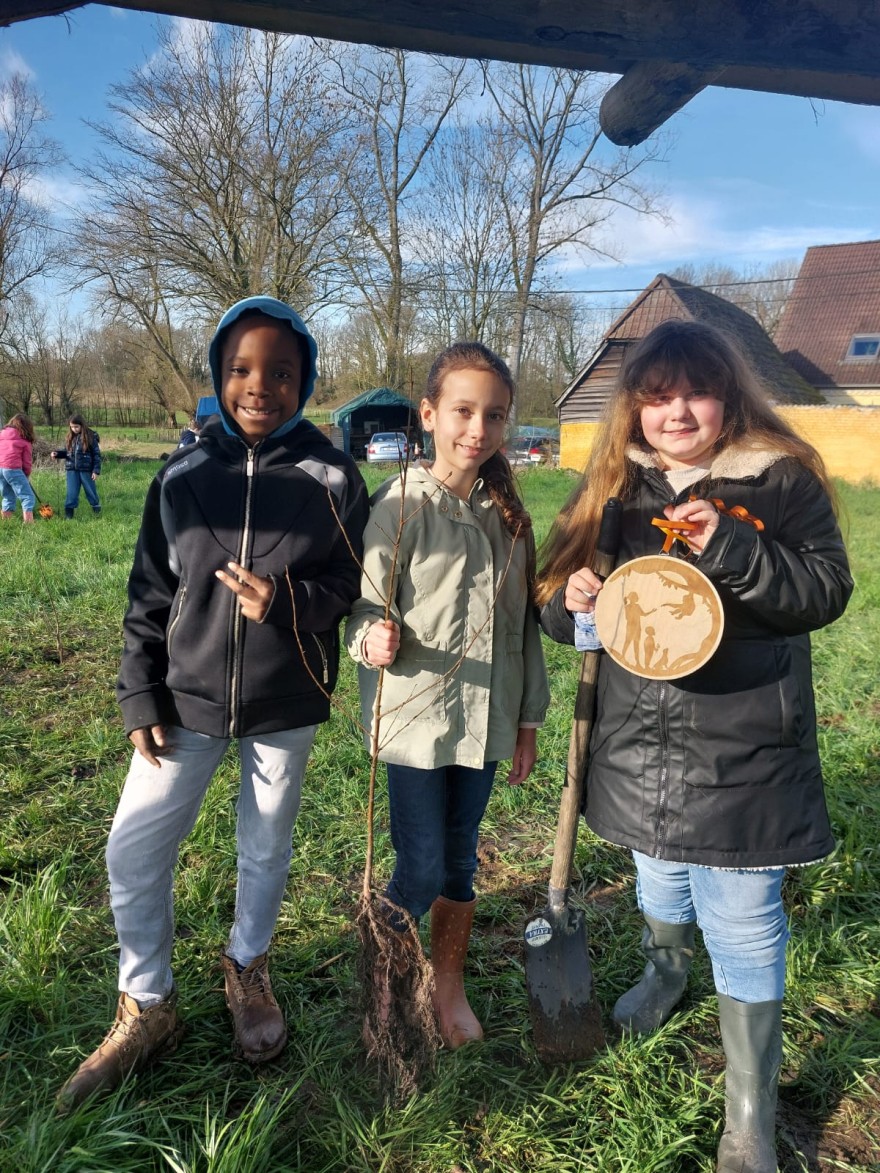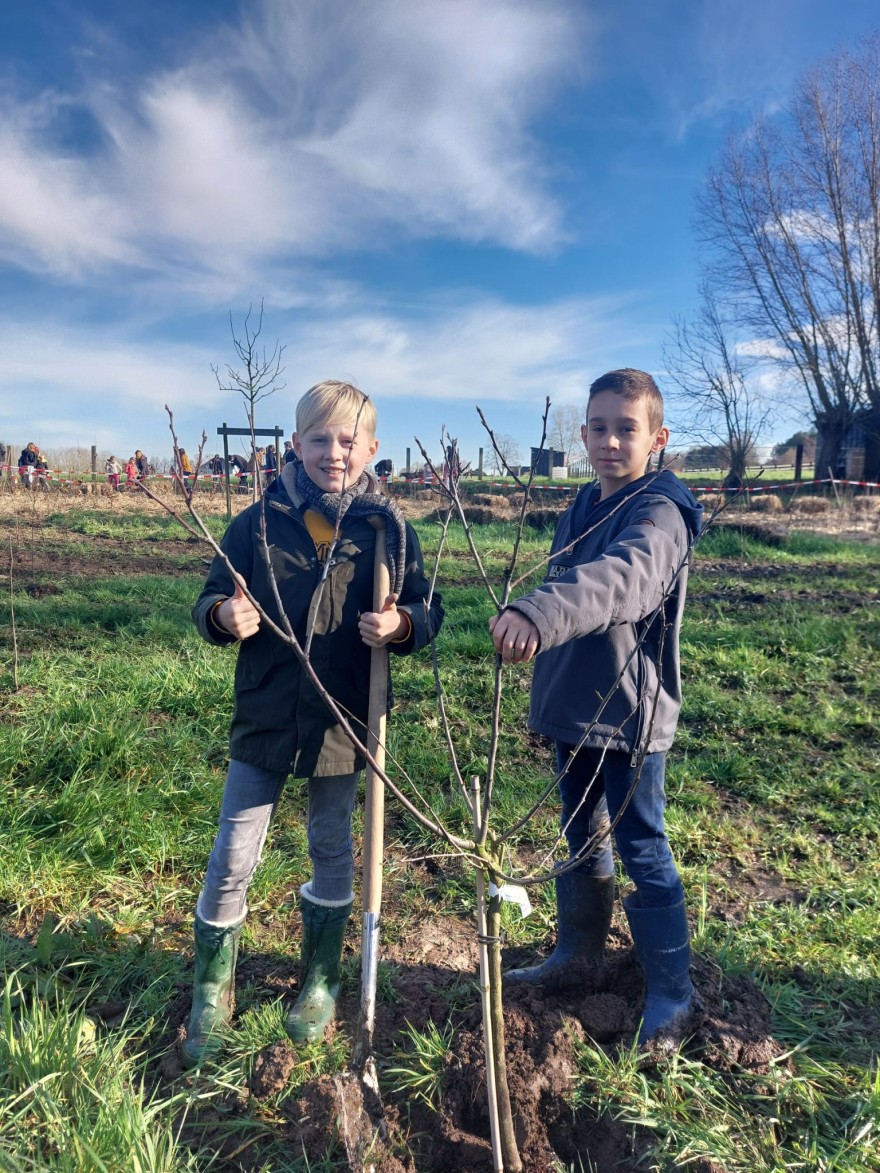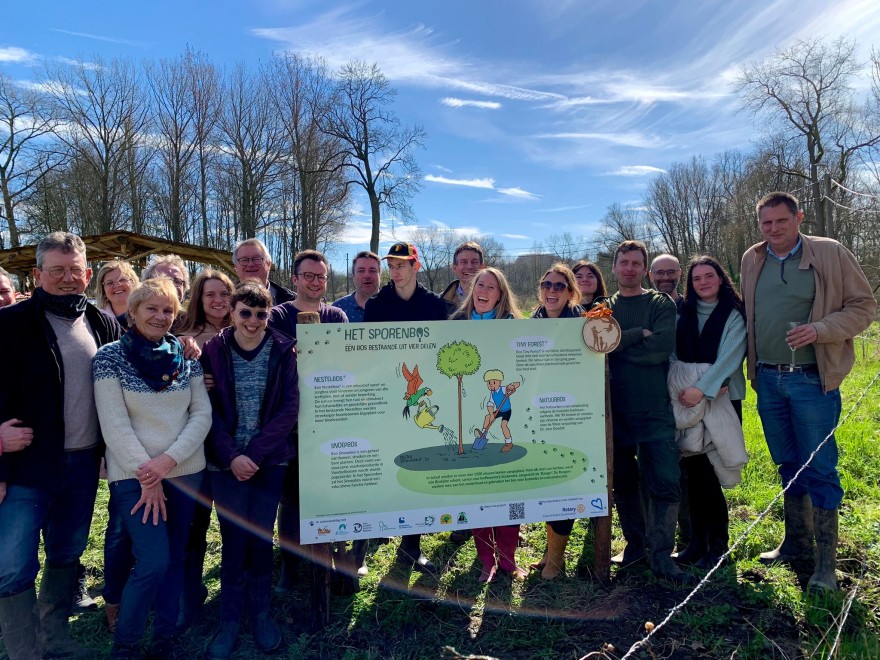About tiny forests
A tiny forest or mini-forest is a forest with min 600 trees, and the surface of a tennis court (from 250m² to ca 600m²). It is interesting to create such mini-forests in cities, gardens and playgrounds - such small forests, densely planted with native trees, must meet a number of strict conditions regarding soil preparation, amount of planting (when laying 3 trees per m²) and the involvement of children and of the neighbourhood, thus bringing people together in a green and healthy environment. Such small urban forests provide ecosystem services, greening of the environment, habitats and stepping stones for biodiversity.
The Tiny Forest concept is being implemented in Belgium by IVN natuureducatie - the Dutch organization that introduced the concept in the Netherlands - and GoodPlanet. The first Belgian Tiny Forests were planted in the spring of 2020 in Schoten and Forest, in collaboration with local schools and residents.
Indian engineer Shubhendu Sharma (CEO of Afforestt) is behind the Tiny Forest concept. It is based on the 'forestry method' of Japanese tree expert Akira Miyawaki. In the 1970s, he developed a method for restoring natural, indigenous forests. He created over 1,700 forests, 96.7% of which became a resilient ecosystem in just ten years. Shubhendu Sharma was inspired by Miyawaki's approach and has translated the method into an urban environment.



